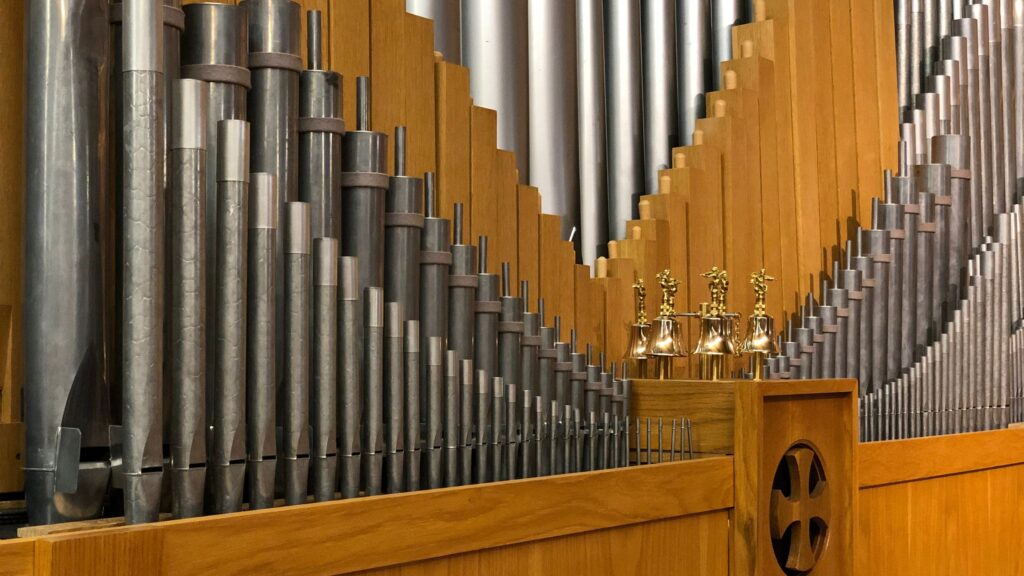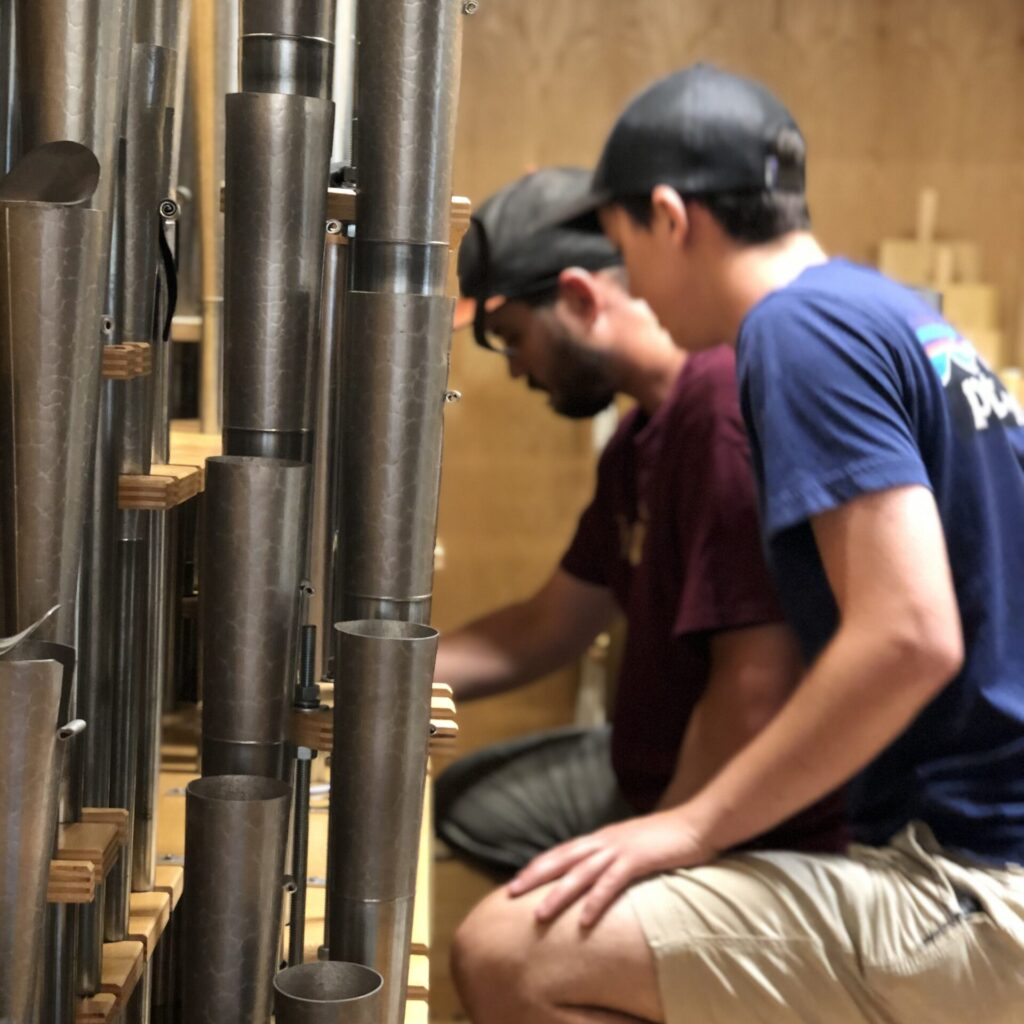
Pipe Organ Tuning: 4 Clear Signs Your Instrument Needs Attention
- By Josh Dove
Pipe organs produce a powerful, awe-inspiring sound that can fill a space with emotion and energy. But like all musical instruments, pipe organs require regular tuning to maintain their majestic voice. Because of their size and complexity, tuning a pipe organ is no small task—it can take between 10 and 12 hours to complete correctly. Whether you’re overseeing a pipe organ in a church, concert hall, or private venue, it’s important to recognize when your instrument is calling out for attention.
Here are four clear signs your pipe organ needs to be tuned:
1. Keys Don’t Rebound or Sound Properly
When keys fail to respond the way they should, it often signals an issue with key contacts—particularly in vintage organs. Pressing a key should engage a wire that sends the correct signal to the pipe, producing a specific tone through the organ’s amplifier settings. If you hear crackling, whooshing, or if a key works only intermittently (or not at all), dirty or faulty key contacts may be to blame. This issue requires the expertise of a professional technician to prevent further damage and restore full functionality.
2. Chords Sound Dissonant or Out of Tune
If major chords begin to sound harsh or dissonant rather than harmonious, your organ is likely out of tune. This can occur when individual notes fall out of pitch or when an entire rank (a group of pipes) shifts out of alignment. Tuning discrepancies like these can stem from changes in temperature, age, or wear on internal components. A skilled organ technician can identify whether the problem lies in the pipes, the console, or the voicing and make precise adjustments to bring the sound back into balance.
3. Notes Go Completely Silent (Dead Notes)
A note that produces no sound at all indicates a “dead note,” and it often points to deeper mechanical or electrical issues. Corroded magnets can burn out coils, preventing valves from sealing properly and stopping airflow to the pipe. In some cases, outdated console technology could be the root cause. Whether the problem is mechanical, electrical, or technological, you’ll need a qualified organ technician to diagnose and correct it before the issue worsens.
4. Recent Environmental or Seasonal Changes
Pipe organs are extremely sensitive to changes in temperature and humidity. The metal and wood components expand and contract with seasonal shifts, affecting pitch and sound quality. After a change in season—or if your building experiences fluctuations in temperature—it’s wise to schedule a tuning session. Organs located in spaces with poor climate control may even require tuning multiple times per year.
How Often Should You Tune a Pipe Organ?
While recognizing signs that your pipe organ needs tuning is important, knowing how often to schedule regular tuning is equally essential. As a general guideline, most pipe organs should be tuned at least once or twice a year, typically during seasonal transitions—spring and fall. These times of year often bring shifts in temperature and humidity that can significantly impact the pipes’ pitch and stability.
However, your tuning schedule may vary depending on several factors:
Age of the organ: Older instruments may require more frequent care.
Climate control in the building: Fluctuating temperatures or humidity can throw tuning off more quickly.
Frequency of use: Organs used regularly for services, performances, or practice sessions may need tuning more often.
Pipe construction: Metal vs. wooden pipes, flue vs. reed ranks, and other construction differences can affect how stable pitch remains over time.
Scheduling consistent maintenance helps prevent long-term damage and ensures the instrument performs at its best year-round.
Keep Your Organ in Top Shape
A well-tuned pipe organ brings music to life, filling sanctuaries and performance halls with timeless beauty. Ignoring the signs of tuning issues can lead to costly repairs or diminished sound quality over time. If you’ve noticed any of the signs above, don’t wait—let our team help you restore your organ to its full potential.
Contact us today for expert assistance and personalized technical support. Our team of specialists is here to help you preserve the sound and spirit of your instrument.
Related Posts

Organ Maintenance: Must Knows Of Cleaning Your Viscount Organ

Why Churches Need Good Pipe Organs

